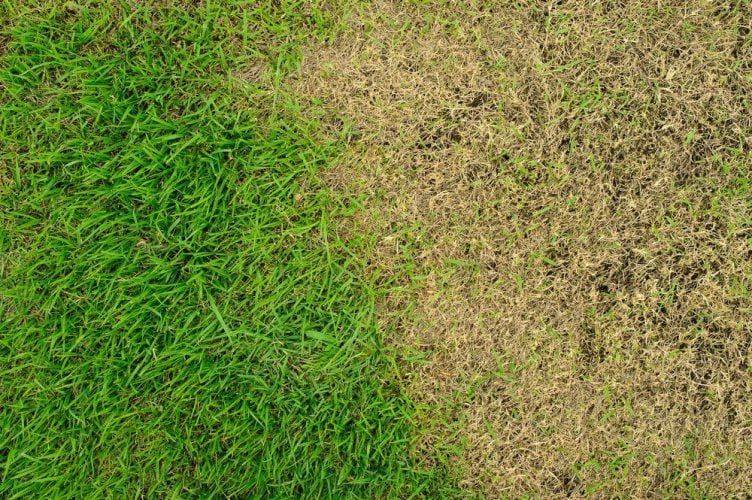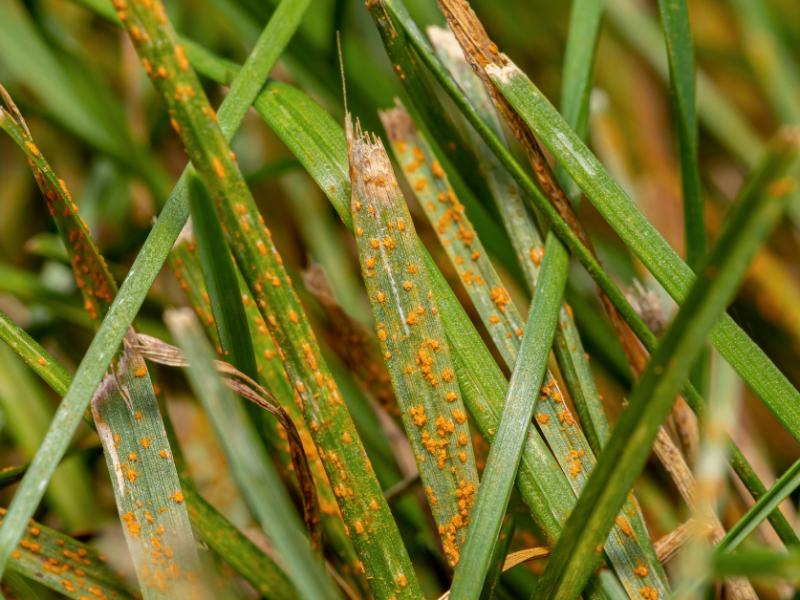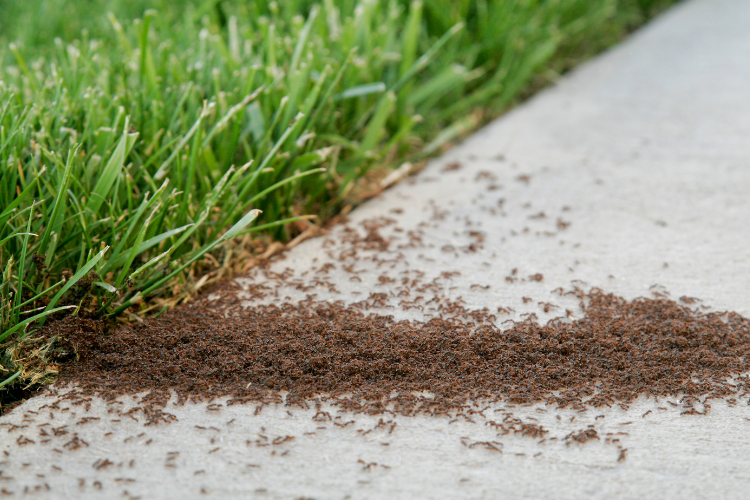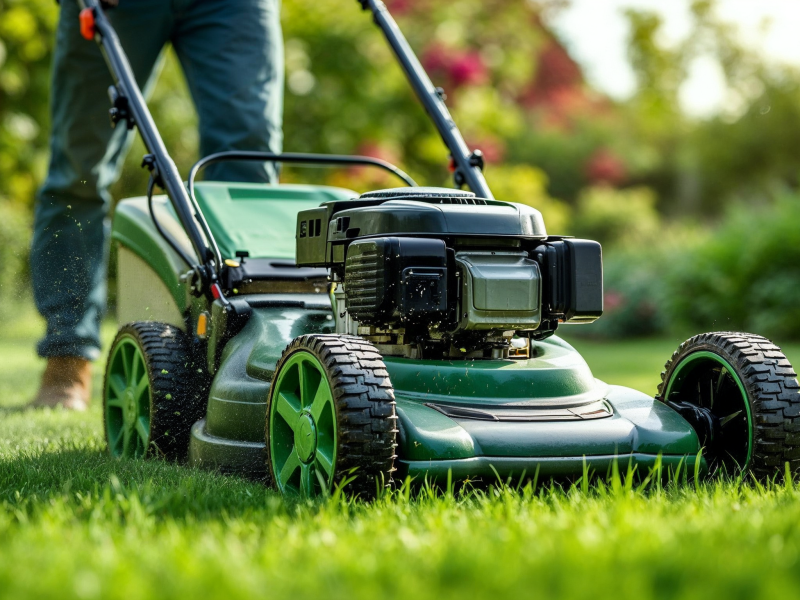During the autumn months your healthy, luscious lawn can fall victim to an infestation of chafer grubs or leatherjackets. These two common species of garden pests can wreak havoc on your lawn by attacking the grass root or encouraging predators such as birds, badgers and foxes to dig for these juicy morsels.
At Greensleeves we believe it is essential to take action at the earliest opportunity so we would highly recommend our Biological Insect Control (also known as Nematodes) treatment to be applied in the late summer or autumn for the best results.
Nematodes are 100% organic and will, over time, combat the pest infestation while causing no harm to the grass itself. Our treatment consists of tiny organisms which naturally occur in the soil already at minor levels and are extremely effective in killing targeted garden pests. These minuscule predators will go in search of the grubs or leatherjackets by attacking and inoculating their bodies with bacteria ‘“ often while the pests are in the infective juvenile stage of maturity. Once the nematodes have taken action and exterminated the pests, they too will die off and return to the natural number count within the soil.
The process
This specialist treatment can only be used in the right conditions ‘“ the soil temperature must be above 12 degrees so application is recommended between July and October. Furthermore, the soil must be moist for the nematodes to survive once applied. In preparation for the application, the lawn should be mowed and spiked to ensure that the nematodes have maximum opportunity to reach the pests inhabiting the top layer of soil. The nematodes will be mixed with water and applied to the lawn using a backpack sprayer.
How it works
After the treatment has been completed by your Lawn Care Expert, the lawn will need to be watered and continue to be lightly irrigated for the following 2 weeks to maintain a damp soil profile. During this time the nematodes will target and inoculate the bodies of their hosts causing them to stop feeding and ultimately die. The nematodes then reproduce to create a further generation to continue with the task.
How do I know if I need this treatment?
Chafer Grubs
You will know if you have a chafer grub infestation in your lawn as the grubs
will be visible just below the soil surface.
Leatherjackets
Leatherjackets are a little trickier than chafer grubs in that when the grubs
themselves are evident in the lawn it may be too late to treat as they need
catching in the very early stages of maturity. Look out for crane flies as they
will indicate the laying of their eggs which become leatherjackets.
For more information on how to tackle Leatherjackets and Chafer Grubs visit our advice page.





